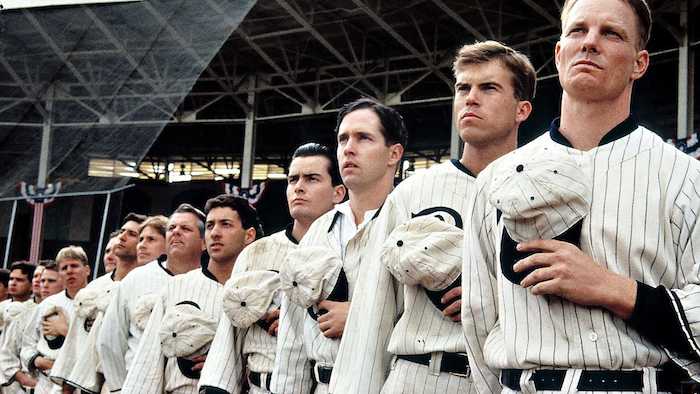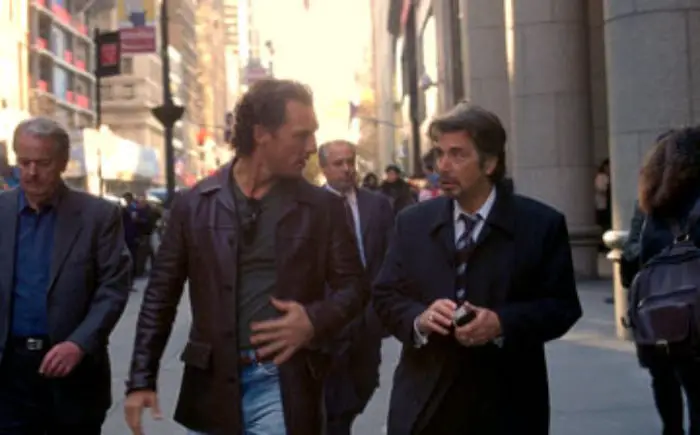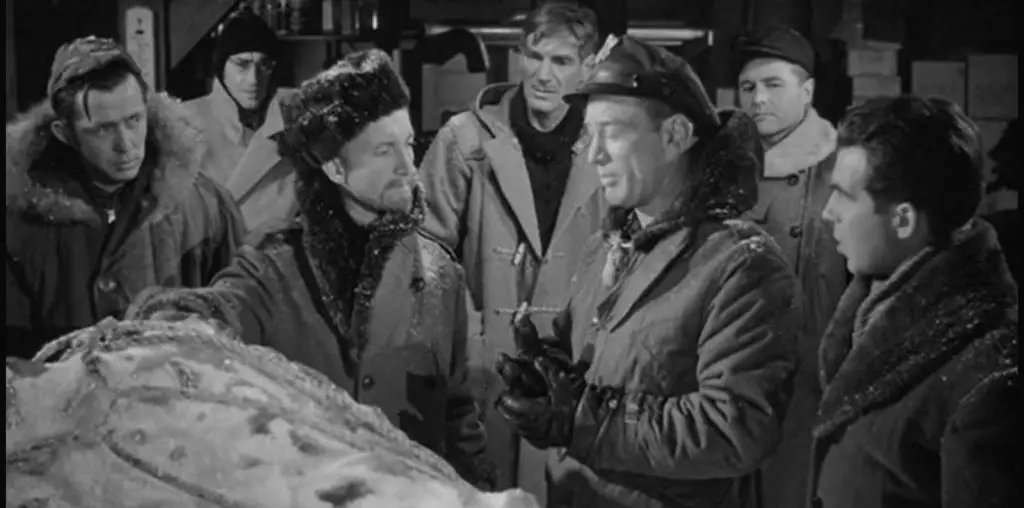
The silver screen has long served as America’s cultural mirror, reflecting and often predicting societal shifts before they hit mainstream consciousness. Sports films, in particular, have done more than just capture the thrill of competition – they’ve played a pivotal role in shaping public perception of sports betting. From subtle background elements to central plot devices, Hollywood’s treatment of sports wagering has evolved dramatically over the decades.
What started as cautionary tales of gambling addiction and moral downfall in early cinema has transformed into nuanced explorations of a complex, legitimate industry. Today’s sports betting landscape looks vastly different, with regulated markets, mobile apps, and professional analysts replacing the back-room bookies of old cinema.
Modern audiences who grew up watching these sports films are now witnessing the real-world legitimization of what they once only saw dramatized on screen. The journey from fictional portrayal to regulated reality tells a fascinating story of cultural transformation.
Classic Films Take On Gambling

When “Eight Men Out” hit theaters in 1988, it introduced many Americans to the dark history of the 1919 Black Sox scandal. While the film focused on corruption in baseball, it also provided viewers with their first serious glimpse into the world of sports betting. The film’s meticulous attention to betting mechanics and odds-making gave audiences an education they didn’t know they needed.
Throughout the 1990s, films like “White Men Can’t Jump” integrated sports betting into their narratives in ways that felt authentic and relatable. These stories moved away from high-stakes institutional gambling to focus on street-level action, making the concept more accessible to average viewers.
By treating sports betting as a natural part of their characters’ lives rather than a moral failing, these films began normalizing the discussion of odds and point spreads in everyday conversation.
Hollywood Normalizes Sports Betting

The 2005 release of “Two for the Money” marked a significant turning point in how Hollywood portrayed sports betting. Al Pacino’s character introduced audiences to the world of professional sports handicapping, presenting it as a legitimate, albeit challenging, career path. The film coincided with the poker boom of the mid-2000s, further fueling public interest in gambling expertise.
More recently, the Safdie brothers’ “Uncut Gems” (2019) captured the adrenaline-fueled world of sports betting with an intensity that resonated with modern audiences. The film’s kinetic energy and focus on real NBA games and players blurred the lines between fiction and reality in ways previous gambling films hadn’t attempted.
These portrayals helped shift public perception from viewing sports betting as a vice to seeing it as a form of entertainment and potential investment, reflecting broader changes in American attitudes toward gambling. This cinematic evolution mirrors society’s growing acceptance of betting as a legitimate form of entertainment, rather than a shadowy practice relegated to film noir and crime dramas.
When Fans Became Players
The impact of sports betting films extends far beyond entertainment value. Many viewers, inspired by what they’ve seen on screen, have sought to understand the real-world mechanics of sports wagering.
This curiosity has led to increased interest in learning about odds, point spreads, and betting strategies. In fact, as explored in one of Film Threat’s articles, the convergence of Hollywood and sports betting has created unprecedented marketing synergies and audience engagement opportunities.
Popular culture’s embrace of sports betting themes has coincided with significant legal changes across America. As more states have moved to legalize sports betting, the once-taboo subject has become dinner table conversation, with many citing their favorite movie scenes as reference points.
This cultural shift has created a unique feedback loop, where cinematic portrayals influence public acceptance, which in turn inspires more nuanced and varied storytelling about sports betting in film.
The transformation of sports betting from shadowy activity to regulated industry mirrors the evolution of its portrayal in film, creating a fascinating parallel between art and life.
From Fantasy to Digital Reality
Today’s sports betting landscape would seem like science fiction to characters from classic gambling films. The smartphone revolution has transformed how people engage with sports betting, making it more accessible than ever before.
Modern sports bettors no longer need to know a local bookie or travel to Las Vegas. Instead, they can place bets legally through regulated mobile apps, a development that has fundamentally changed the industry. The contemporary reality of sports betting has, in many ways, surpassed what Hollywood once imagined.
The marriage of technology and tradition has created a new era of sports engagement, one where the dreams of movie characters have become an everyday reality for millions of Americans.
As betting continues to integrate with mainstream sports culture, Hollywood’s early explorations of this world – from cautionary tales to cultural touchstones – stand as fascinating timestamps of our journey. We’ve moved from back-alley bets to a sophisticated, technology-driven industry that even the most imaginative screenwriter couldn’t have scripted.


